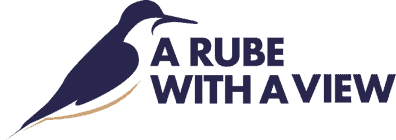A strong easterly storm rolled into the Bay over the last two days with winds as high as 30 knots. Winds from the east and northeast generally generate no significant surf on our beach (we are in the lee of the wind) thus allowing the crabs to spawn without risk of overturning. Egg densities according to Dan Hernandez team from Stockton University seem to be improving still. The spawning of the crab has been better than average, hopefully because of increased numbers but also because we are in the midst of a new moon spring tide. The peak of this new moon spring tide has just past so we expect crab densities to diminish until the next spring from the full moon in around a week.
Despite the high density of eggs the birds appear to moving for reasons that elude us at the moment. Two days ago we reckoned about 3000 knots on our side centered at Kimbles Beach but spread down to Pierce point and up to Reeds beach. We conducted two boat surveys up to West Creek and Moore Beach but the area is dominated by laughing , herring and black back gulls. One estimate was a high as 10,000 laughing gulls in Moores Creek alone. A trip to Fortesque by Mark Peck and Steve Gates over the last few day turned up 250 knots but thousands of dunlin and a few hundred short-billed dowitchers
Yesterday however we lost nearly two thirds of our red knots in our main use area ( Reeds to Kimbles) and subsequent surveys throughout the NJ bayshore found little more than 800 knots (down from 3000) Perhaps they moved to Delaware. Another mystery thus far is the low numbers of turnstones and the relatively low numbers of Sanderling. By now we should have at least half the flock in the bay.
Our quest for geolocators turned even more difficult two days ago ( our trapping was rained out yesterday.) After two hours of a having a significant group of red knots and sanderlings in the catch area, we finally fired over 150 knots including one with a datalogger. We ran to the net as fast as an aging population of researchers can, surrounded the net boiling with birds and I extracted the geolocator bird. I triumphantly lifted it up to the crew only to find it was the one geolocator bird we caught three days ago. We will make another attempt on Wednesday.
